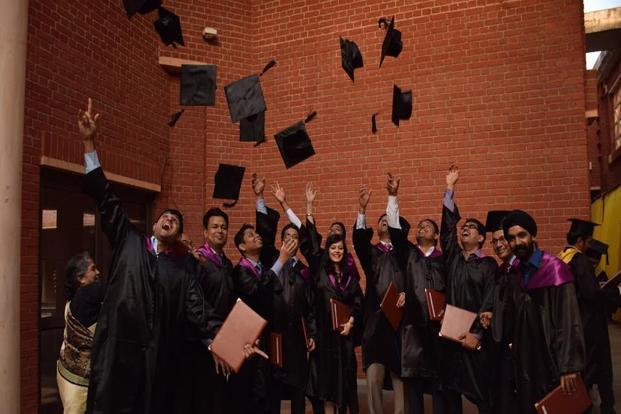New Delhi: As their classrooms continue to be dominated by men and engineers, the Indian Institutes of Management (IIMs) are trying to add diversity, which will ultimately show up in corporate boardrooms over the next few years. At the centre of this strategy is IIM’s Common Admission Test (CAT 2018), which will see a change in the type of questions being asked.
Although the IIMs have decided not to change the broad pattern in this year’s CAT examination, yet questions will be framed in a manner to create a level field for students from all streams, including arts and commerce.
IIM officials say they do not want the CAT pattern to be biased towards engineering students as there is a need for academic diversity in India’s top B-schools.
What kind of questions should you expect in the CAT
CAT 2018 convener and IIM Calcutta professor Sumanta Basu told Livemint that there was no significant change in the broad pattern of the CAT exam. The IIMs are continuing with the same set of three sections:
Section I: Verbal ability and reading comprehension
Section II: Data interpretation and logical reasoning
Section III: Quantitative ability
But within these sections, there is a change. “We may focus on questions that test candidates on fundamentals,” Basu said. “Our effort will primarily involve framing the correct types of questions instead of changing the pattern altogether,” he added.
The CAT exam does not have a syllabus. Only mocks tests, to be posted soon on the CAT website, can help you understand the pattern of questions. In the three-hour-long computer-based exam, candidates get 60 minutes each for the three sections.
According to analysis of previous CAT exams by coaching centres, the focus has been more on testing reasoning and analytical ability than grammar and vocabulary. This could be a reason why engineers have the upper hand in the CAT.
How are engineers filling up IIMs in large numbers
If you walk into a typical classroom in any of the 20 IIMs in India, chances are high you will encounter students who have already completed their engineering courses. Even popular author Chetan Bhagat first studied in IIT Delhi and then joined IIM Ahmedabad before working as an investment banker at Goldman Sachs.
IIM Calcutta, ranked consistently among the top management colleges in India, has an overwhelming number of 88% students coming in from an engineering background. The figures may be better in some other IIMs, like the one in Ahmedabad (68%), but the IIMs remain a bastion of engineering graduates.
Engineers dominate list of top scorers in the CAT exams. In 2017, there were only three non-engineers who scored 100 percentile.
What are the other changes in IIM selection process
Over the last few years, the IIMs have been making concentrated efforts to have more academic diversity, not just through the CAT but via other aspects of the selection process.
IIM Calcutta, for example, allots only 15 points out of 50 to the CAT score the while personal interview (PI) and a written ability test (WAT) together receive almost double the weight (24+5). Therefore, a candidate who can write well on a given topic has a higher chance of getting through IIM Calcutta than someone who is good in analysis but has poor writing and communication skills.
IIM Bangalore, on the other hand, wants you to be at your best in PI. The weightage is 30 for PI and 25 for CAT.
If you are applying to IIM Ahmedabad then a science student has to score at least 55% in class XII exams to get 1 point in the preliminary screening process while a commerce student needs only 50% and arts 45%.
How are IIMs giving importance to gender diversity
Besides skewed towards engineers, classrooms at IIMs are also skewed against the fairer sex. IIMs, both old and new ones, are walking the extra mile to ensure that women representation.
The admission of girls in IIMs during the last three years has shown an increasing trend with the total women admitted going up from 881 in 2015-17 to 1211 in 2017-19, according to the union ministry of human resource development. IIM Ahmedabad’s flagship PGP course saw 28% women students in 2017, as compared to 14% women in 2015.
IIM Rohtak has been the most successful so far in gender diversity with a ratio of over 50% going in favour of women.
[“Source-livemint”]





